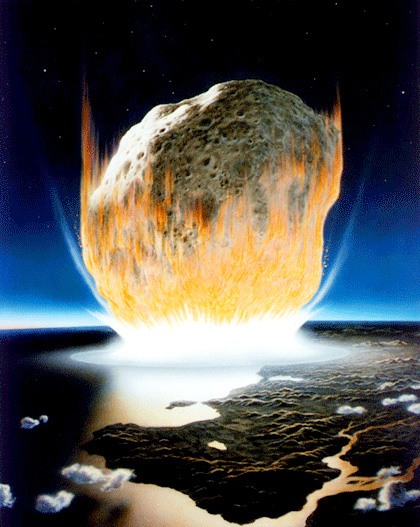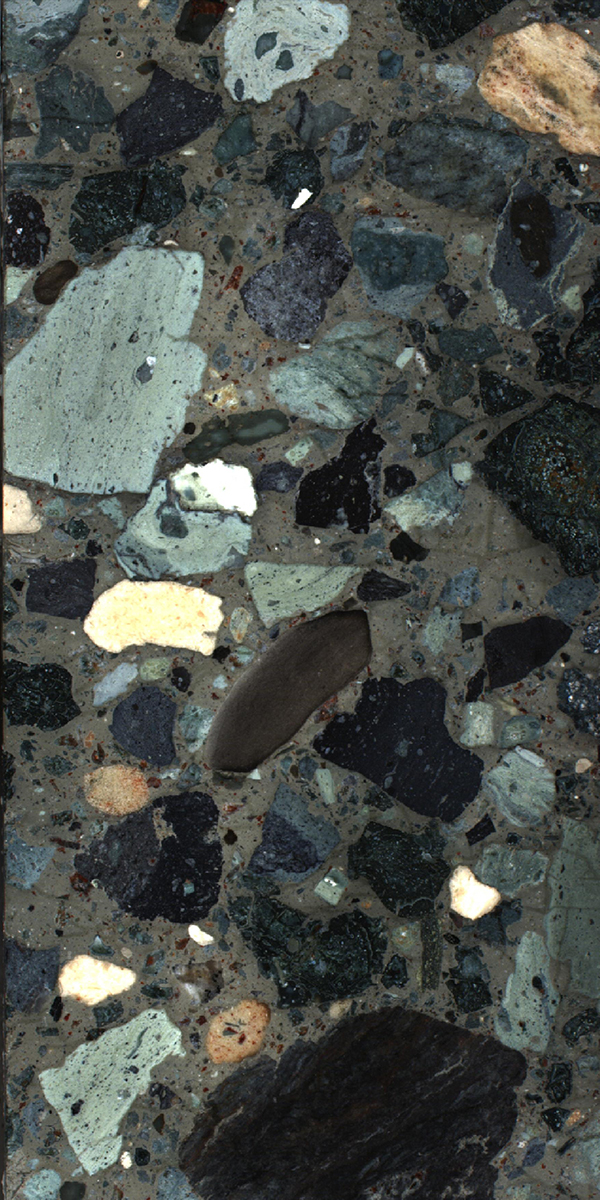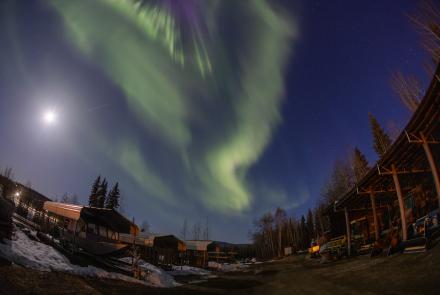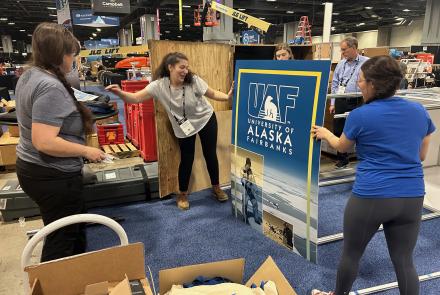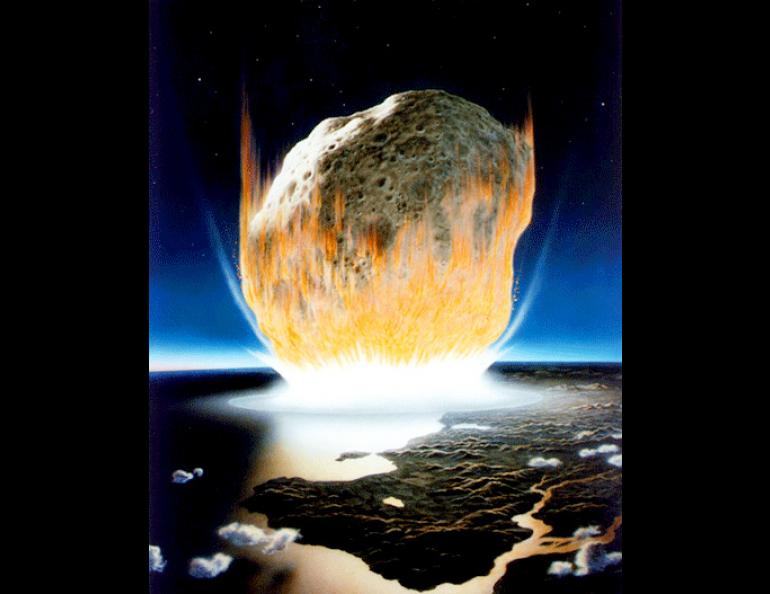

The first day of the dinosaur extinction
When the asteroid that wiped out the dinosaurs slammed into the planet 66 million years ago, the impact set wildfires, triggered tsunamis and blasted so much sulfur into the atmosphere that it blocked the sun, which caused the global cooling that ultimately doomed our giant predecessors.
That’s the scenario scientists have hypothesized. Now, a new study confirms it with evidence found in the hundreds of feet of rocks that filled the crater within the first 24 hours after impact.
Bits of charcoal, jumbles of rock brought in by the tsunami’s backflow and conspicuously absent sulfur all tell the story of the first day of the Cenozoic Era. They are all part of a rock record that offers the most detailed look yet into the aftermath of the catastrophe that ended the age of dinosaurs.
Most of the material that filled the crater within hours of impact was produced at the impact site or was swept in by seawater pouring back into the crater from the surrounding Gulf of Mexico. About 425 feet of material was deposited in one day— a rate that’s among the highest ever encountered in the geologic record.
“The rates of deposition in these processes are beyond anything that we have seen in any geologic event,” said Mike Whalen, a co-author on the paper and researcher at the UAF Geophysical Institute. “It gives us an unprecedented view of things settling down after such a major event.”
This breakneck rate of accumulation means that the rocks record what was happening in the environment within and around the crater in the minutes and hours after impact and give clues about the longer-lasting effects of the impact that wiped out 75% of life on the planet.
Researchers estimate the asteroid hit with the equivalent power of 10 billion atomic bombs. The blast ignited trees and plants that were thousands of miles away and triggered a massive tsunami. Inside the crater, researchers found charcoal and a chemical biomarker associated with fire within, or just above, layers of sand that shows signs of being deposited by resurging waters. This suggests that the charred landscape was pulled into the crater with the receding waters of the tsunami.
Sean Gulick, lead author and research professor at the University of Texas at Austin, described the event as a short-lived inferno at the regional level, followed by a long period of global cooling.
“We fried them and then we froze them,” Gulick said. “Not all the dinosaurs died that day, but many dinosaurs did.”
The findings were published in the Proceedings of the National Academy of Sciences. The study was led by researchers at the University of Texas at Austin and included a team of more than two dozen scientists from around the world, including UAF.
Whalen was part of the team responsible for the initial description of the rocks and the evidence within them. He said that, while there are around 25 such marine impact craters in the world, there are only a handful that are intact, and this is one of the best.
However, perhaps more important is what was missing from sediment core samples. The area surrounding the impact crater is full of sulfur-rich rocks. But there was no sulfur associated with those rocks in the core.
That finding supports a theory that the asteroid impact vaporized the sulfur-bearing minerals at the impact site and released the element into the atmosphere, where it wreaked havoc on the Earth’s climate, reflecting sunlight away from the planet and causing global cooling. Researchers estimate that at least 325 billion metric tons would have been released by the impact. To put that in perspective, that’s about four orders of magnitude greater than the sulfur that was spewed during the 1883 eruption of Krakatoa — which cooled the Earth’s climate by an average of 2.2 degrees Fahrenheit for five years.
Although the asteroid impact created mass destruction at the regional level, it was this global climate change that caused a mass extinction, killing off the dinosaurs along with most other life on the planet at the time.
“The real killer has got to be atmospheric,” Gulick said. “The only way you get a global mass extinction like this is an atmospheric effect.”
Fritz Freudenberger, University of Alaska Fairbanks Geophysical Institute, 907-474-5823, ffreudenberger@alaska.edu

